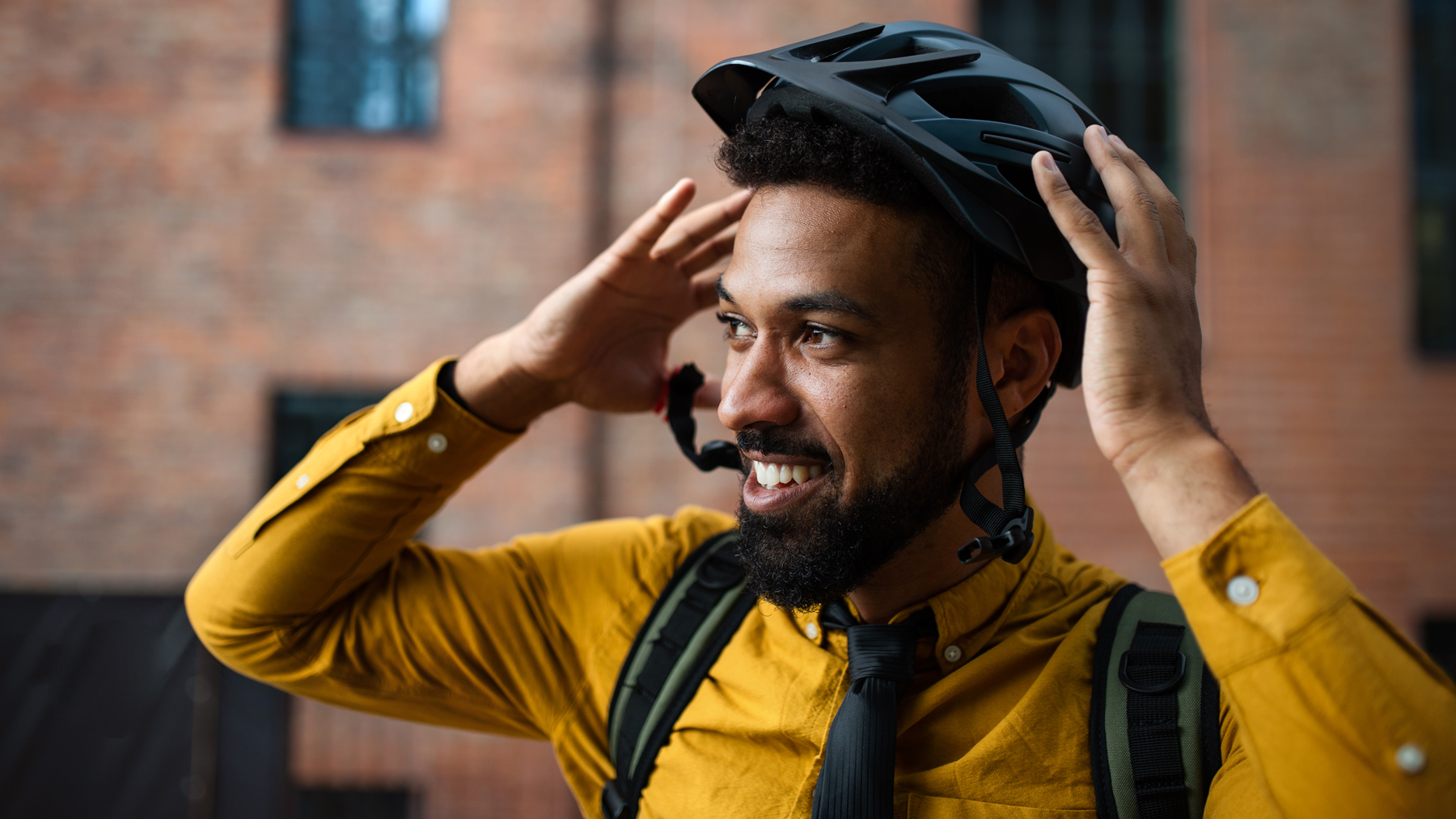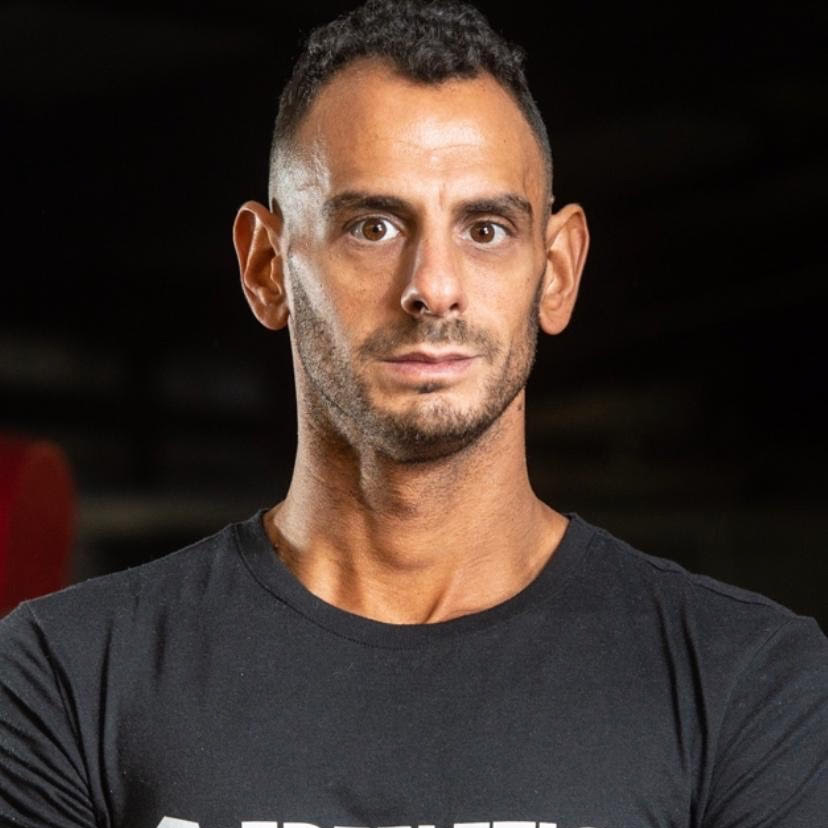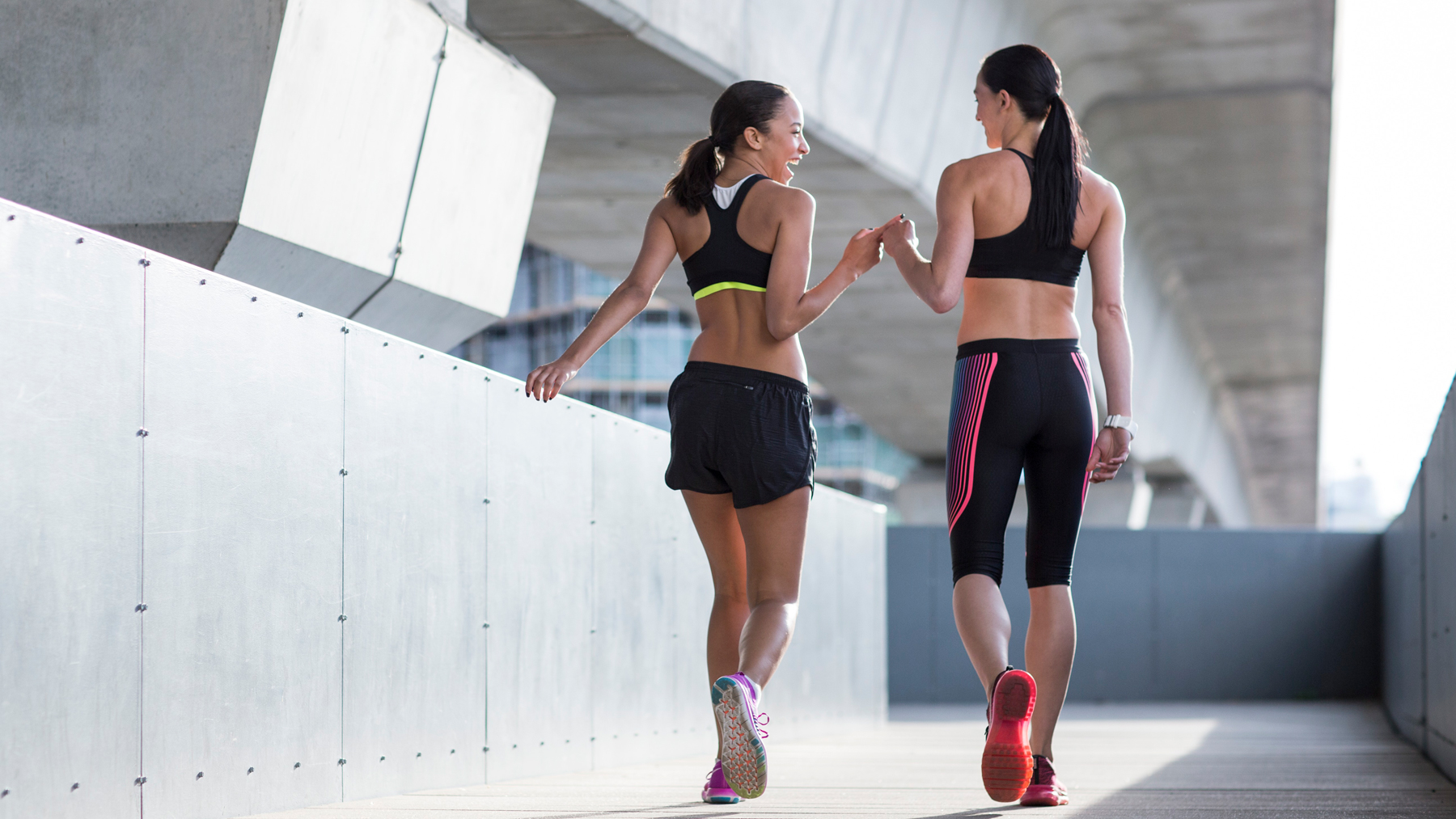Walking vs cycling: which is a better workout?
Walking vs cycling, these are two traditional aerobic activities loved by many, but which is better for you


Walking vs cycling, we’re all aware of the many, many benefits that can be reaped from aerobic exercise, but out of the two, which is better?
Both walking and cycling are classed as cardio workouts. This means they work the cardiovascular system AKA the heart and lungs. Walking is a natural movement that we all do, day in and day out. One of the beauties of walking is that it involves no equipment - although perhaps a pair of the best shoes for walking may be beneficial - plus people of all ages can go out on a walk, and it’s been proven to help those who suffer from osteoarthritis or other joint pains.
Cycling on the other hand does require a bike of course, as well as other safety essentials such as a helmet (particularly for road cycling), reflective lights, and a bell, to name a few. For the opportunity to get a cycle complete indoors, you might want to opt for one of the best exercise bikes, with different bikes offering different benefits depending on any specific needs. Cycling also burns more calories in a shorter amount of time and has been shown to activate more muscles in the body.
But which workout is best, and what are the benefits and drawbacks of each exercise?

David Wiener is a level 3 Personal Trainer and level 5 Advanced Qualified Nutritionist. He is also qualified in sports nutrition with a huge passion for health, nutrition and fitness. David is currently the Training Specialist at one of the world’s fastest-growing digital fitness brand company, Freeletics. With an educational background in nutrition and personal training, he is passionate about unlocking the true potential of those he coaches.
Walking vs cycling: what does walking do?
Walking is an incredibly beneficial exercise and often underrated too, says David Wiener, Training and Nutrition Specialist at AI-based fitness and lifestyle coaching app Freeletics.
“People of all fitness levels can get involved as it’s a low-impact workout. However, don’t let that fool you into thinking it’s not doing absolute wonders for your health, mentally and physically.”
He adds that if you’re new to fitness, walking is the perfect way to get yourself into doing some form of exercise.
Start your week with achievable workout ideas, health tips and wellbeing advice in your inbox.
“Aiming to walk as much as possible throughout the day can be really beneficial for your health, burning calories, boosting your energy levels, burning fat, and enhancing your metabolism.”
An hour of walking for most people will burn between 210 and 360 calories. Bear in mind that this will depend on your individual fitness level and metabolism. In fact, even just a 10-minute brisk walk counts towards your weekly/daily exercise goal. David also says that walking strengthens the heart, lowers your blood sugar, and can help to ease joint pain.
“Walking also has some amazing mental health benefits too, helping to reduce anxiety and depression, and getting some all-important fresh air.”
Plus, a study by the University of Exeter found that a 15-minute walk can actually help to tame a sweet tooth!

Walking vs cycling: what does cycling do?
“Much like walking, cycling is a great way to get in cardiovascular fitness whilst experiencing the great outdoors,” says David. Some of the great benefits of cycling include weight loss, muscle building, limiting the risk of heart disease, and improving your mental well-being.
There is even a study by the British Journal of Sports Medicine that says cycling is associated with a lower incidence of cardiovascular diseases and death.
However, as David points out, the first difference between walking and cycling is that whilst cycling is an exercise you can easily pick up, you first need to learn, or already know how to ride a bike.
“There shouldn’t be any embarrassment involved in not knowing how to cycle properly, and don’t think you missed your chance if you didn’t learn while you were younger.”
He adds that cycling is also slightly lower impact than walking, due to the fact you’re seated, making it less weight-bearing. This makes it much kinder to your joints whilst still improving overall function in your lower body.
“It’s a fantastic cardio exercise that works all your leg muscles without causing them to feel too overwhelmed and strained.”
Walking vs cycling: which is better for weight loss?
Cycling and walking are both low-impact and easy for beginners. David adds that this also means they are both great for weight loss, without feeling like you are doing an intense workout.
“When it comes to weight loss, once you find yourself in a calorie deficit (burning more calories than you’re eating) you will start to lose weight.”
Both walking and cycling are exercises that can contribute to being in a calorie deficit, however, cycling burns more calories than walking in a shorter space of time.
David explains however that with walking, as you speed up the pace, there will come a point where you’re running, and running does burn more calories than cycling. If you enjoy a faster pace you might like to learn more about how to start running and lace yourself up in some of the best running shoes for men or in a pair of the best running shoes for women.
“Another big factor in weight loss is your heart rate whilst exercising, and normally we can get our heart rate much higher with cycling than we can with walking. The higher your heart rate goes, the more fat you will be burning.”
The calories burned during these exercises will vary from person to person though. It will depend greatly on the person’s weight as well as the speed, intensity and incline of the walk.
“To get the most out of walking and to burn the maximum number of calories, it is advised to alternate the pace, and turn your walk into a HIIT workout, alternating walking at a steady pace, with walking fast or at a steep incline or on challenging terrain.”
A study published in the Journal of Obesity has shown how HIIT workouts can be more beneficial when it comes to burning body fat.
Fancy making your walks and cycles a little more challenging to burn more calories and potentially aid weight loss?
David recommends adding ankle weights, or a backpack or increasing the incline on walks. “Similarly in cycling, you can go on rough roads, steep inclines and use a tougher setting on an indoor exercise bike.”
Walking vs cycling: which is better for building muscle?
Although there isn’t a lot of research to decipher whether walking or cycling is better for improving muscle mass, David explains that there is a lot of research that shows these activities are both a great way to improve your strength and therefore build muscle.
“Both exercises actually work the same muscles, primarily focusing on your legs. Your leg muscles are used to produce force and movement, but cycling tends to require more force from your legs. This is because cycling comes with resistance, and when you are up against resistance, you are helping build muscle.”
Both cycling and walking work and therefore help build the muscles in your lower body including the glutes, quads, calves, and hamstrings.
However, if you're worried about getting ‘bulky’, David is quick to reassure that this won’t happen, due to the fact walking and cycling are still aerobic exercises.
Walking vs cycling: cost and other factors
Out of the two exercises -walking and cycling- it is walking that requires the least amount of specialist equipment, unless you’re going on a mountainous hike in which case you might want to invest in certain clothing, some supportive footwear, and safety equipment.
As for cycling, there is the cost of a bike - whether outdoors or cycling on an indoor still bike. “Depending on what bike you get, it could end up costing you a lot of money,” says David, "Another factor that comes into play with the two exercises is their social element."
“Walking and cycling are both great ways to become more social. Walking or cycling with a friend or in a group will not only make you more accountable to show up to your workout, but also you’ll enjoy some amazing social benefits which are great for our mental health.”
There has in fact been various research that suggests social relationships do benefit health.

Walking vs cycling: verdict
Walking and cycling are two types of cardio exercise that offer a range of benefits, with both being low impact, reducing the chance of injury, and also being more accessible to a greater expanse of people.
Ultimately, it’s hard to define whether walking or cycling is the better workout. Cycling is likely better for building muscle as there is more resistance placed on the lower body, especially if there’s an incline involved; this is true for both outdoor and indoor cycles.
For weight loss, both exercises are useful; cycling does burn more calories in less time though, but, if your walk is particularly fast and steep, then expect to break a sweat and rack up quite a calorie count!
Walking is more accessible and requires less equipment and less preparation; you can also walk and talk with a friend. Cycling however does require a bike and other equipment for a safe and smooth ride. Then of course, if tyre punctures or accidents occur whilst cycling, then it can be expensive to fix and requires time.
Overall, both walking and cycling can be incorporated into a healthy lifestyle as both provide several benefits. Ultimately, it’s down to you to choose the exercise that you enjoy the most, as you are more likely to remain consistent if you enjoy the exercise you’re doing.
Lucy is a freelance journalist specializing in health, fitness and lifestyle. She was previously the Health and Fitness Editor across various women's magazines, including Woman&Home, Woman and Woman’s Own as well as Editor of Feel Good You. She has also previously written for titles including Now, Look, Cosmopolitan, GQ, Red and The Sun.
She lives and breathes all things fitness; working out every morning with a mix of running, weights, boxing and long walks. Lucy is a Level 3 personal trainer and teaches classes at various London studios. Plus, she's pre- and post-natal trained and helps new mums get back into fitness after the birth of their baby. Lucy claims that good sleep, plenty of food and a healthy gut (seriously, it's an obsession) are the key to maintaining energy and exercising efficiently. Saying this, she's partial to many classes of champagne and tequila on the rocks whilst out with her friends.
